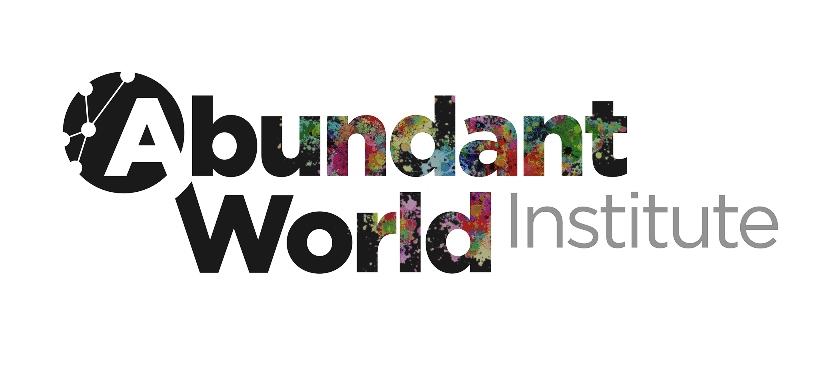“The true sign of intelligence,” Einstein said, “is not knowledge but imagination.” The store of knowledge in this world is inconceivable. But knowledge hasn’t solved the world’s problems—it cannot. The vast majority of the problems in this world—and in corporate boardrooms—are caused by failures of imagination.
As such, imagination must have primacy—even over will. Many people believe that a will to act must precede the application of imagination. But imagination must come first. Imagination is the primal force because it requires one to conceive of what does not yet exist. In this sense, imagination is liberating—especially when you don’t yet know the solution to the problem at hand. If you can unshackle your mind from all preconceived notions and quite literally let your imagination run wild, you’ll be astounded by the outpouring of ideas.
But that unshackling takes work. One must diligently tend to the garden of imagination. Imagination is not some ethereal muse that settles upon your mind like the dew or as seeds sown into just any soil. The mind and the soil must be amended, weeded, and made fertile—a state that requires preparation and attention. Even unexpected “flights of imagination” do not come without certain conditions first being satisfied. There is a certain technique to it all.
Perhaps no one has expressed this idea more eloquently than the British mathematician J.G. Bennett. “Let’s take the example of an artist,” he wrote. “Without technique, the moment of creative insight can hardly be made fruitful. The same is true for the scientist. This means that one must know the form that will enable one to clothe the moment of insight in some expression. First, one must know the form of thought for oneself, so that the insight may become clear, and afterwards one must know the form of expression so that it may be communicated to others … If one wants to bring thinking into the sphere of creativity, some preparatory work must first be done.”
If it is true that creativity is one part inspiration and 99 parts perspiration, then this is mostly very hard work. But we do have our techniques, one of the most powerful of which is “lateral thinking.” Lateral thinking essentially says you cannot dig a hole in a different place by digging the same hole deeper. That would be vertical thinking, and the bane of nearly every corporate innovation process. Vertical thinking just digs the same hole deeper. Lateral thinking is used to dig a hole—even using the same shovel—in a completely different place.
Though it may strike you as counterintuitive, vertical thinking is equivalent to the process of “thinking outside the box.” Really? Yes, because this kind of thinking is essentially still concerned with the same box! Lateral thinking goes looking for a different box altogether. That means applying the knowledge gained from one industry to a completely different industry in order to disrupt it. Otherwise, out-of-the-box thinking can only deliver incrementally better results, and within its own space.
Out-of-the-box thinking is seldom disruptive. Disruption happens when you apply software design techniques to the design of a lunar launch vehicle. Disruption happens when you apply what you learned in space to healthcare. Disruption happens when you apply what you learned in healthcare to education. These are all examples of moving laterally to very different boxes, repurposing knowledge from unrelated fields, transplanting big ideas across industries and disciplines.
—
This post is excerpted from the book, Moonshots—Creating a World of Abundance.

